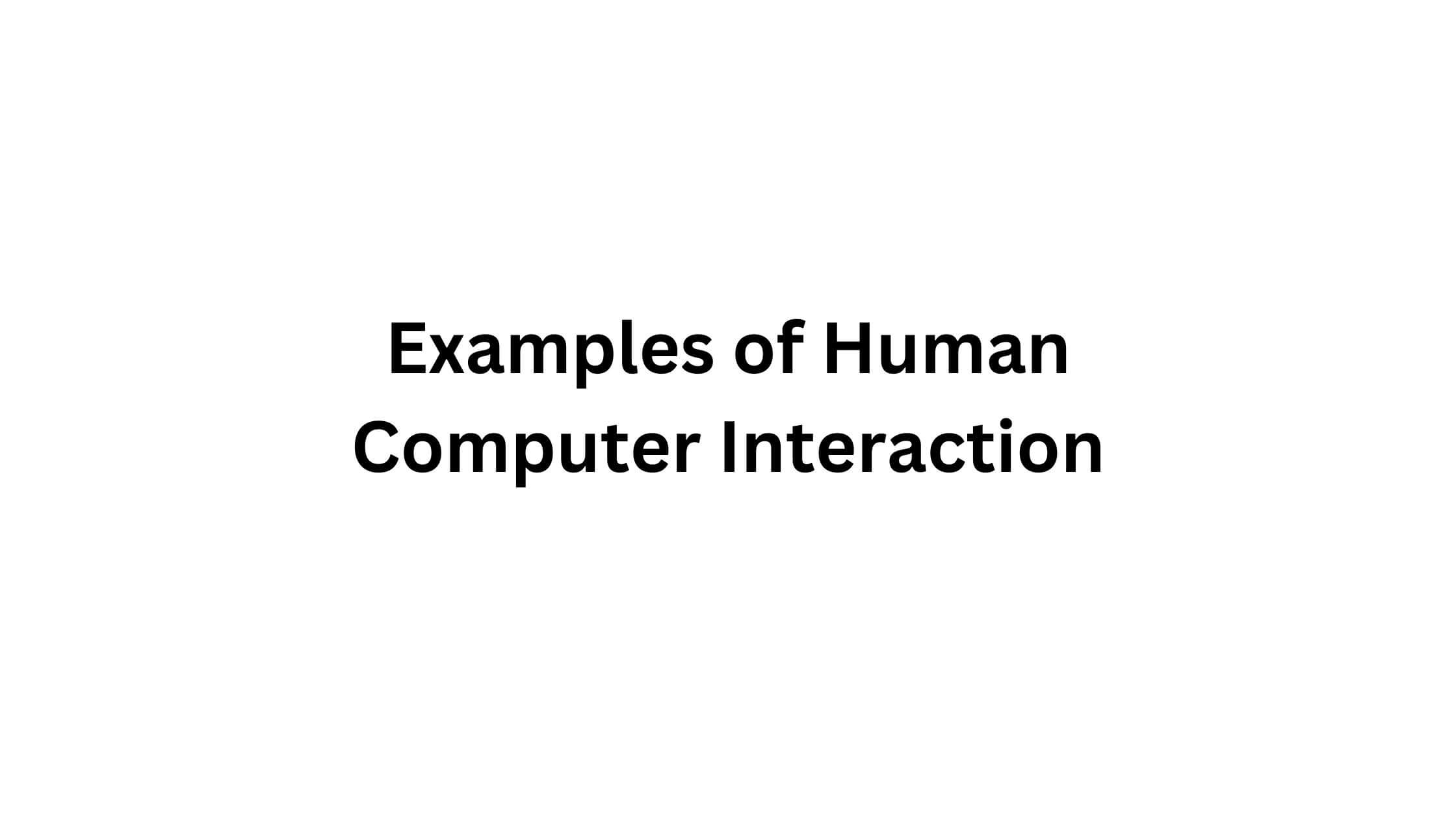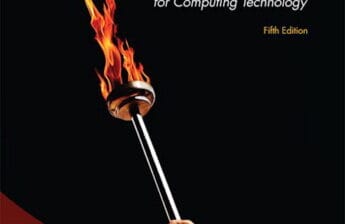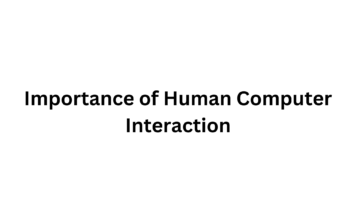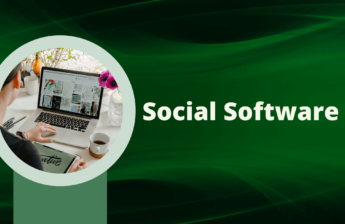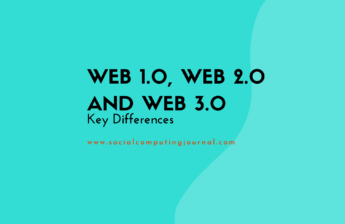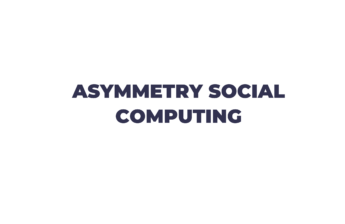These days, screens and sensors play a symphony in our lives. Smart TVs respond to our gestures, smartphones whisper directions, and even paper may become a digital interface. Herein lies the magic of Human-Computer Interaction (HCI), a field that skillfully weaves technological threads to unite humans with the digital realm. HCI is redefining work, learning, and play, from pre-touch phones that read our intent to AR/VR worlds that are projected onto our vision. Get ready for even more from the field of human-computer interface (HCI) in the future: machines that can read emotions and brain-computer interfaces that conflate human and machine intelligence. Prepare to see how HCI has changed over time, one click, scroll, and look at a time.
Examples of HCI
IoT technology:
-
- Pre-touch sensing: Phones predict user’s intentions based on hand movements.
- Paper ID: Paper acts as a touchscreen, senses environment, detects gestures, and connects to other IoT devices.
Eye-tracking technology:
-
- Businesses monitor personnel’s visual attention to enhance focus.
- Driver monitoring systems improve road safety.
- Future: Scroll computer screens by rolling eyeballs.
Speech recognition technology:
-
- Chatbots and virtual assistants like Alexa, Cortana, Google Assistant, and Siri.
- Transcribe calls, training sessions, and interviews.
AR/VR technology:
-
- Smart glasses enable hands-free user interaction (e.g., chefs learning recipes).
- Real-time system faults resolution via apps.
- Dexta Haptic Gloves: VR gloves replicate feelings like surface hardness, etc.
- HCI research in brain-computer interfaces and sentiment analysis to boost AR/VR.
Cloud computing:
-
- Cloud-based SaaS services and HCI enable remote work forces and virtual collaborations.
- Traditional offices to fade away in favor of flexible work arrangements.
| Example | Short Description |
|---|---|
| IoT technology | Pre-touch sensing, Paper ID, etc. |
| Eye-tracking technology | Monitor attention, driver monitoring, scroll with eyes, etc. |
| Speech recognition technology | Chatbots, virtual assistants, transcribe calls, etc. |
| AR/VR technology | Smart glasses, real-time system fixes, VR gloves, etc. |
| Cloud computing | Remote work, virtual collaboration, cloud-based SaaS, etc. |

